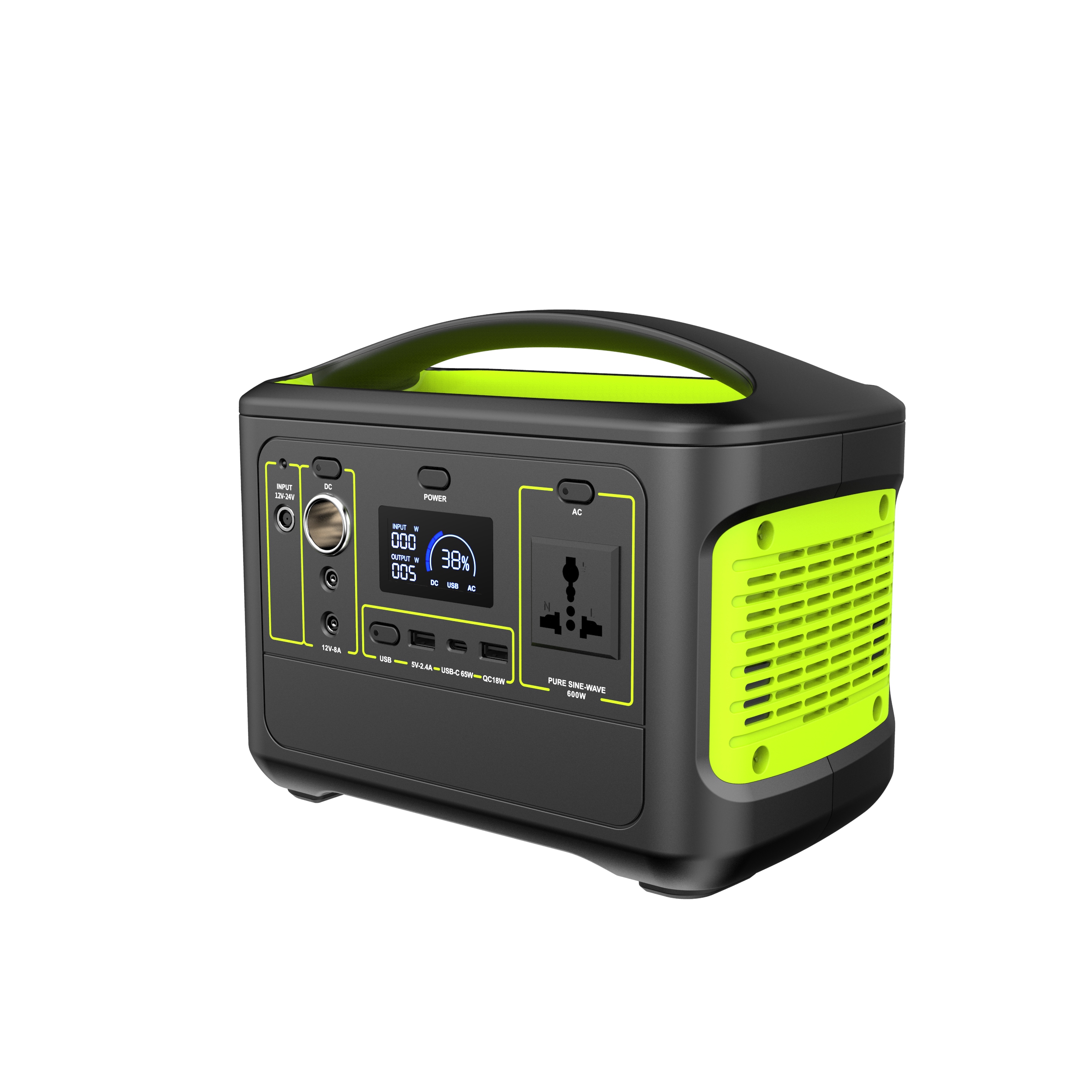The "inverter" is the most important part of the portable charging station, but many people know little about the "inverter". Knowing the "inverter" can give us a deeper understanding of the portable charging station. By choosing a portable charging station, we can also know more about our needs. Therefore, today, the editor will take you to understand what an "inverter" is.
1. What is an inverter and what does it do?
AC 220V AC output is the biggest difference between portable charging station and mobile power supply. The high-power AC output enables the portable charging station to supply power to AC-powered devices, and also has the function of mobile power DC output, that is, it can power electronic products such as mobile phones. Simply put, an inverter is a device that converts low voltage (12, 24, 48V, etc.) DC power to 220V AC power. In everyday life, 220 volts AC is usually rectified to DC, and an inverter does the opposite.
We are in the "mobile" era, mobile office, mobile communication, mobile leisure, mobile entertainment. In mobile life, not only the low-voltage DC power supply provided by batteries or batteries is required, but also the 220V AC power supply that is essential in the daily environment, and the inverter can meet our needs in this regard.

2. What are the types of inverter waveforms?
The inverter is divided into two categories according to the output waveform, one is a sine wave inverter and the other is a square wave inverter.
The sine wave inverter outputs the same or better sine wave alternating current as the grid we use every day, because it does not have electromagnetic pollution in the grid.
The output of the square wave inverter is the square wave alternating current of poor quality, and its positive maximum value and negative maximum value are generated almost at the same time, thus causing severe instability to the load and the inverter itself.
3. What is the efficiency of the inverter?
The inverter consumes a portion of its power when it is working, and its input power is greater than its output power. In other words, the efficiency of an inverter is the ratio of the input power to the output power of the inverter. The inverter takes in 100 watts of DC power and outputs 80 watts of AC power, so its efficiency is 80%.


 stw14@stwpower.com
stw14@stwpower.com 
